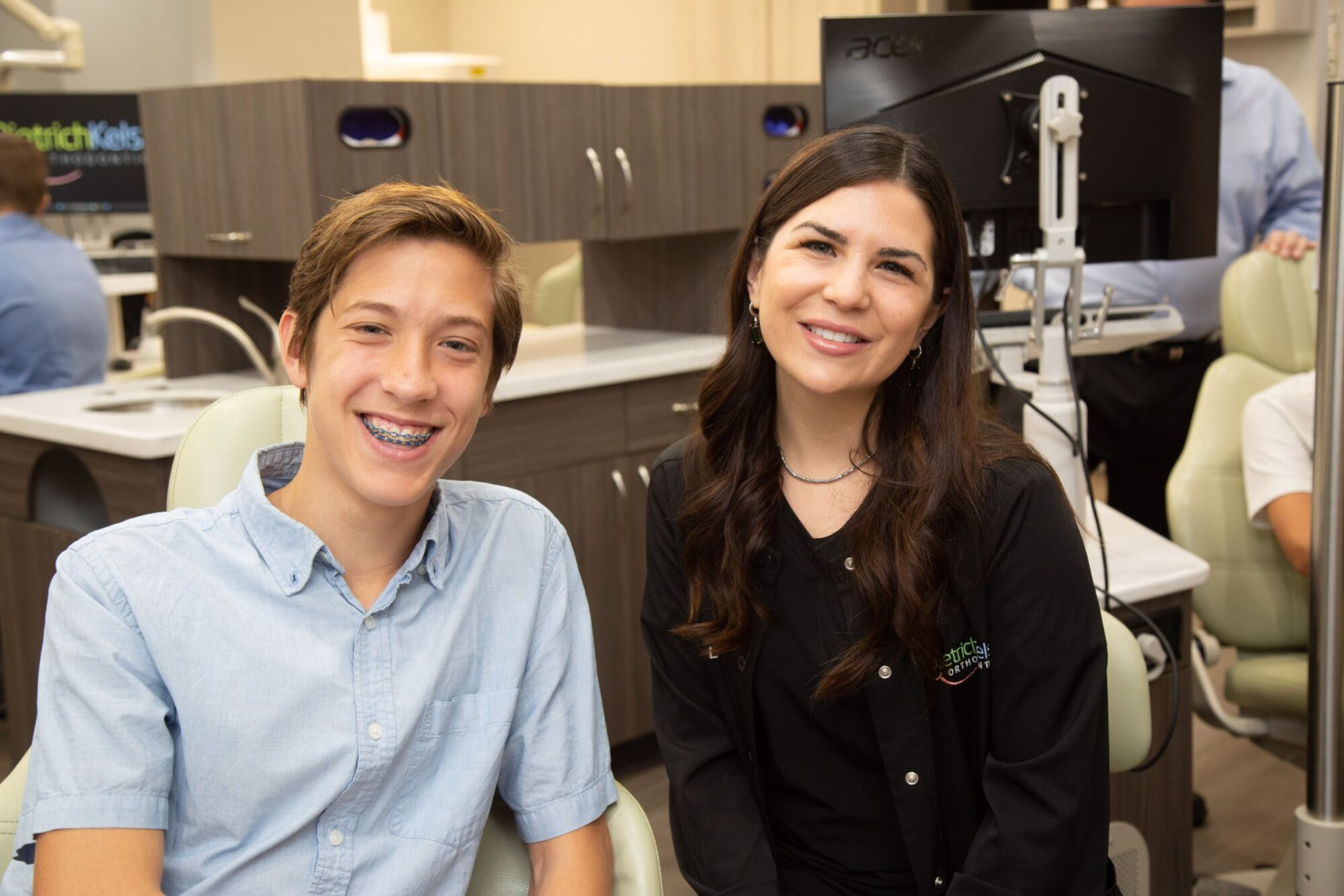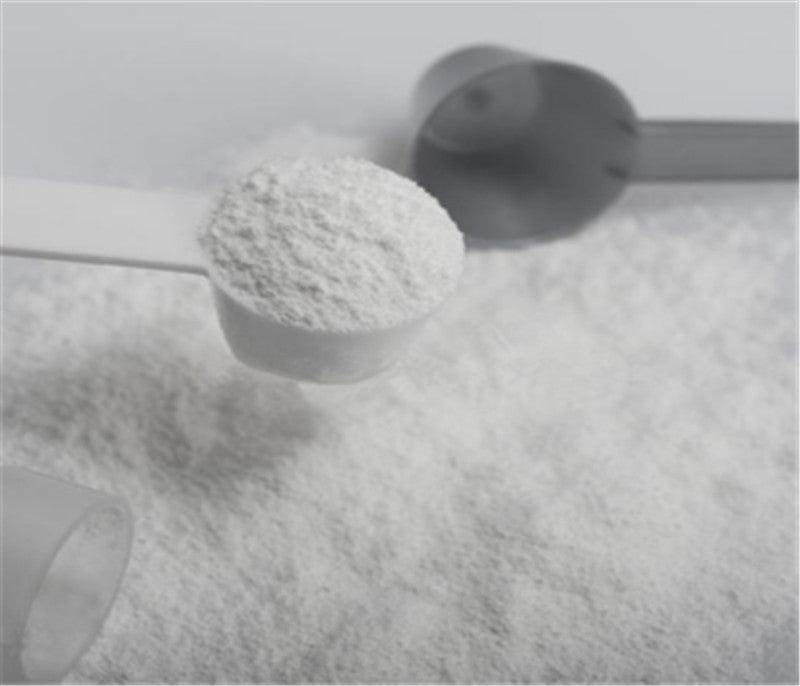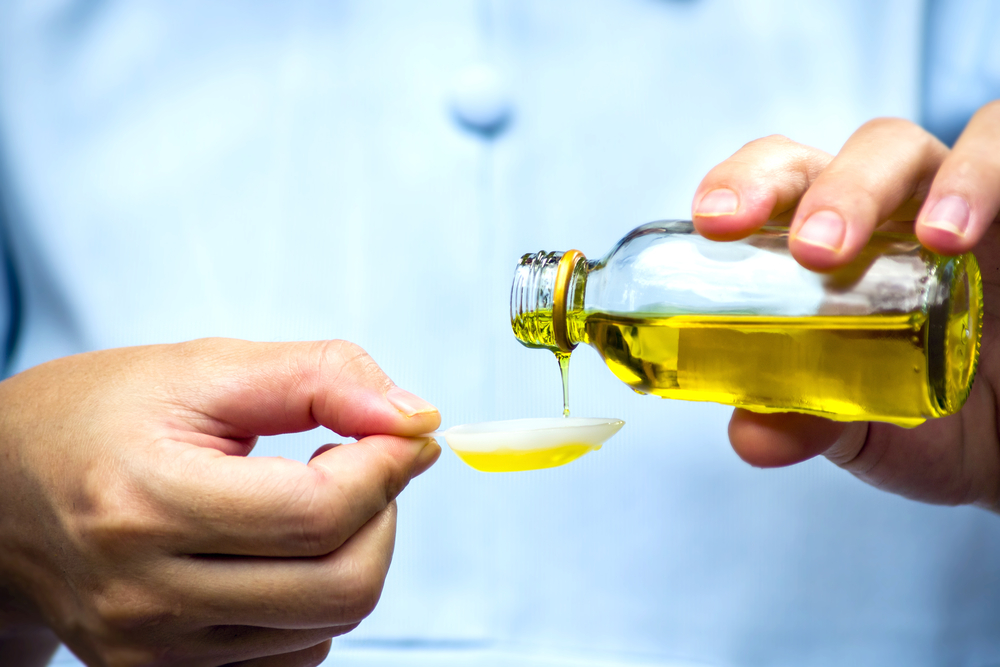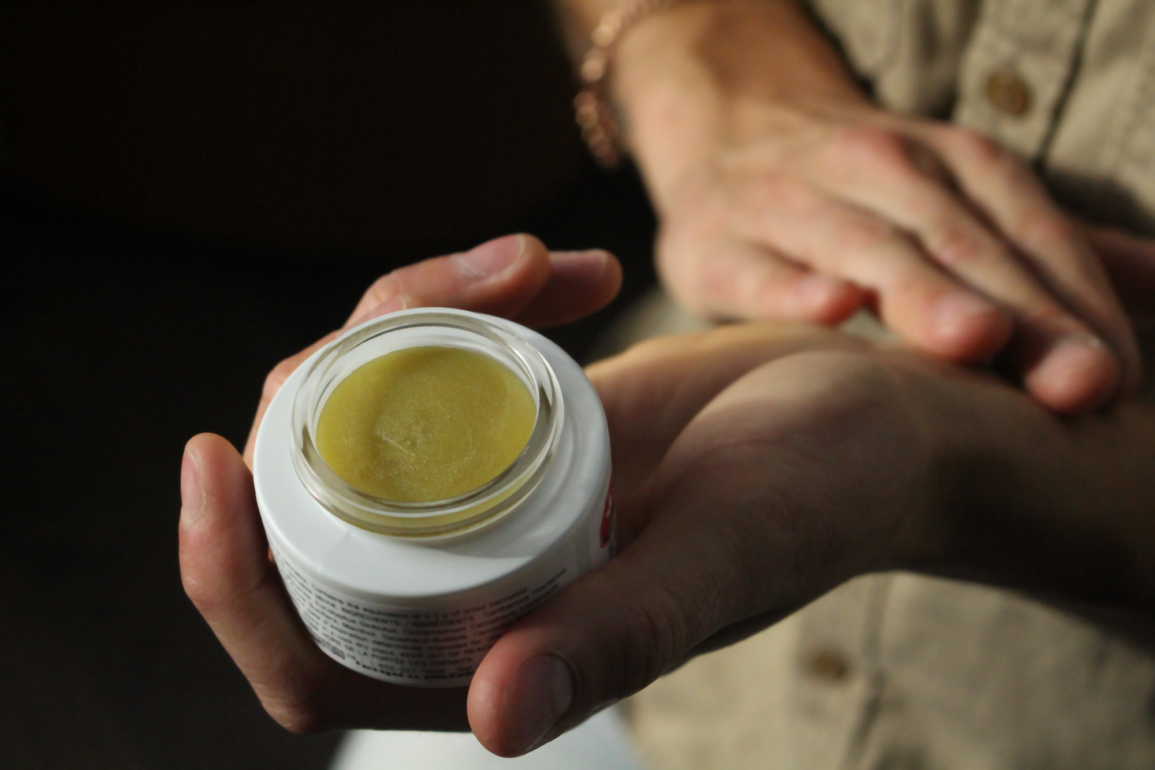
Having a beautiful smile not only boosts your confidence but also plays a significant role in your overall oral health. If you are considering orthodontic treatment to improve your smile, it's essential to understand the options available and choose the best treatment for your specific needs. This guide will help you navigate through the various orthodontic treatments to make an informed decision about the best option for your smile.
1. Understanding Your Orthodontic Needs
Assessment by an Orthodontist
Scheduling a consultation with an orthodontist is the first step in determining the best treatment for your smile. During the assessment, the orthodontist will evaluate:
- The alignment of your teeth
- Your bite (overbite, underbite, crossbite)
- Spacing and crowding issues
- Any jaw misalignments
Types of Orthodontic Issues
Depending on your specific orthodontic issues, the orthodontist will recommend the most suitable treatment options. Some common orthodontic issues include:
- Crowded teeth
- Spaces between teeth
- Overbite or underbite
- Crossbite
- Misaligned jaw
2. Types of Orthodontic Treatments
Traditional Braces
Traditional metal braces consist of brackets, wires, and rubber bands that work together to gradually move your teeth into the desired position. They are highly effective for addressing various orthodontic issues.
Invisalign
Invisalign is a popular alternative to traditional braces. These clear aligners are custom-made and virtually invisible, making them a discreet option for orthodontic treatment.
Ceramic Braces
Ceramic braces are similar to traditional braces but blend in with the natural color of your teeth, making them less noticeable. They are a great option for patients looking for a more aesthetic alternative to metal braces.
Lingual Braces
Lingual braces are attached to the back of the teeth, making them completely hidden from view. They are a great option for individuals who want a discreet orthodontic treatment.
3. Factors to Consider When Choosing Orthodontic Treatment
Cosmetic Preferences
- If you are concerned about the appearance of braces, Invisalign or ceramic braces may be a better option for you.
- For a more discreet treatment, lingual braces are a great choice as they are hidden from view.
Severity of Orthodontic Issues
- Traditional braces are often recommended for more severe orthodontic problems as they are highly effective in addressing complex issues.
- For mild to moderate issues, Invisalign or ceramic braces may be suitable options.
Lifestyle Considerations
- If you lead an active lifestyle or play sports, Invisalign may be a more comfortable option as they can be removed during activities.
- Individuals with dietary restrictions may prefer Invisalign as they can continue to eat their favorite foods without restrictions.
Cost and Insurance Coverage
- Traditional braces are often more cost-effective than Invisalign or ceramic braces.
- Check with your insurance provider to see what orthodontic treatments are covered under your plan.
4. Consultation and Treatment Plan
Orthodontic Consultation
After assessing your orthodontic needs and considering the factors mentioned above, schedule a consultation with your orthodontist to discuss the best treatment option for your smile.
Customized Treatment Plan
Your orthodontist will create a customized treatment plan tailored to your specific needs and goals. They will explain the treatment process, expected timeline, and any necessary adjustments along the way.
Maintenance and Follow-Up
Regular appointments with your orthodontist are crucial to monitor progress and make any adjustments to ensure the success of your treatment. Follow their guidelines for proper maintenance and care to achieve the best results.
5. Maintaining Your Smile After Orthodontic Treatment
Retainers
Your orthodontist may recommend wearing retainers after completing your treatment to maintain the alignment of your teeth. Follow their instructions on wearing retainers to prevent your teeth from shifting back to their original position.
Good Oral Hygiene Practices
Maintain a proper oral hygiene routine by brushing and flossing regularly to keep your teeth and gums healthy. Incorporate mouthwash and regular dental check-ups to ensure your smile stays bright and healthy.
Healthy Habits
- Avoid hard or sticky foods that can damage your orthodontic appliances.
- Avoid habits like nail-biting or chewing on pens to prevent damage to your teeth and braces.
- Stay hydrated and limit sugary drinks to prevent tooth decay and maintain overall oral health.
Choosing the best orthodontic treatment for your smile is a significant decision that can have a lasting impact on your oral health and confidence. By understanding your orthodontic needs, considering various treatment options, and following through with a customized treatment plan, you can achieve a beautiful and healthy smile that you can be proud of.








